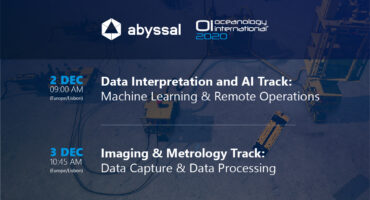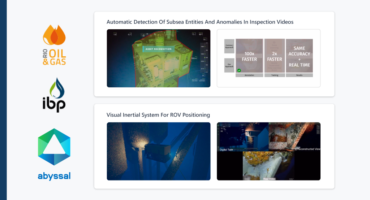The “Underwater SLAM-Net System” project aims to design and develop a system for underwater mapping, visualization, and localization, to be used in ROVs. To this end, we envision the creation and development of new knowledge in the combined application of SLAM and deep learning techniques, in order to be able to operate in real time and in unknown environments. This system will make navigation safer and more accurate, allowing operations in unknown underwater environments, while mapping the environment around the ROV.
This new technology will be tradable and internationalizable, as it is a disruptive technological solution (industrial software) in the global market, which will overcome important limitations faced by players in the offshore industry, including the difficulty of operating ROVs autonomously, accurately, safely, and efficiently in deep seas. These limitations are increased in the case of unknown environments, where there is greater uncertainty during operations.
This innovative and “intelligent” technology will represent an important scientific and technological advance in the offshore industry with great potential to be scaled to other industries, such as industries based on Beyond Visual Line of Sight technologies (for example, drones and rescue robots). In this sense, the project will enable a company to extend its operations to new market segments, such as marine renewable energy, underwater mineral extraction and underwater research, and also to strengthen its position in the Oil&Gas industry.




